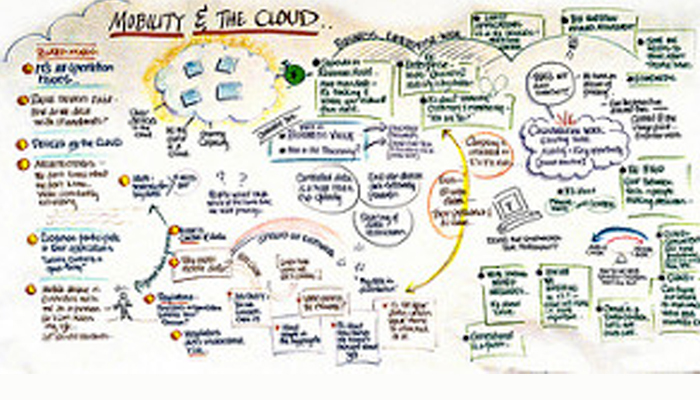Capital equipment expenditures continue to be a powerful engine for the U.S. economy, driving manufacturing and service sector supply chains across the country. In fact, The Equipment Leasing and Financing Association (ELFA) estimates that last year U.S. businesses, nonprofits and government agencies financed $628 billion of capital goods or fixed business investments, up 21% from the year before when financing totaled $521 billion.
In other words, a healthy U.S. economy needs a healthy equipment finance sector to fuel growth. Yet, just how robust will the economy’s performance be over the next 12 months given the many economic and political uncertainties in today’s business landscape? Global financial pressures — such as the euro-zone crisis and a growth slowdown in China — are bound to impact capital investment decisions, as will the political environment in the U.S., where a presidential election, expiring tax cuts and a debt ceiling debate are all on tap. It’s an environment where middle-market executives are understandably cautious. Main concerns include the cost of healthcare, the cost of doing business, the ability to maintain margins and uncertainty about how government actions will impact the business. In this context, there are three principal trends that currently factor into capital equipment finance decisions: aging equipment, the pace of innovation and the need for liquidity.
Replacement of aging equipment hasn’t kept pace. Back in the middle of the last decade, just before the financial crisis, there was a surge of financing. Since then many middle-market companies — the ones that survived — have slashed payrolls and delayed capital expenditures. Even with the recovery gaining some steam, many of these companies remain very conservative. Equipment that is not heavily used or at risk of obsolescence can often be kept in use for 12 or 15 years. But a forklift or tractor, for instance, can only run so long. There comes a point when the cost of maintaining a piece of equipment outweighs the cost of investment. If such a piece of equipment was financed five years ago, its useful life is rapidly drawing to a close. It is difficult to pinpoint when this surge of replacement activity will commence, but the equipment lease finance industry seems increasingly confident that an uptick is in the offing. In fact, the ELFA’s 2012 report forecasts 9% growth in investment in equipment and software in 2012.
New equipment technologies are available. When the time comes to replace equipment, most companies upgrade to the newest technologies available to be as efficient and competitive as possible, but there are trade-offs that drive decision making. In many cases these new technologies often come with greater upfront costs that need financing. For example, more fuel-efficient engines and other green technologies are making their way into fleets of boats and cars as well as a variety of industries. Meanwhile, the flexibility and scalability associated with cloud computing and shared services are already competing with new IT equipment purchases as a way to drive down equipment and software purchase costs and maintenance. Whether you’re a beverage company updating your bottling line or a forest products manufacturer upgrading to a new lathe, newer technology can often provide increased automation, faster throughput and greater productivity. Smart business leaders are continually weighing the cost-benefit of updating and upgrading equipment.
Company acquisitions financed in recent years by private equity now need capital from outside sources for capital expenditures. Typically, these buyout or private equity firms use their own capital, clout and connections to set up a senior credit facility for a portfolio company. But capital is precious, and once sponsors put their initial equity into a company they are often averse to putting in more. During the sponsor’s holding period, usually four to five years, the firm expects a portfolio company eventually to “stand on its own” and begin to grow the business. Sometimes this requires additional sources of liquidity. Equipment finance is proving a very effective strategy for portfolio company CEOs to tap more liquidity and keep the sponsor happy since it does not require renegotiating the entire credit facility.
The macroeconomic and political uncertainties hanging over the markets are substantial and undoubtedly influence executives. However, to some extent, this uncertainty and volatility has become a fact of life for decision makers since the financial crisis. Given this new normal, coupled with the trends outlined above, the demand for equipment financing is likely to be fairly strong over the next 12 months. For middle-market companies, this is a welcome note of cautious optimism. After all, equipment financing is a good proxy for how confident a company is about future growth.

